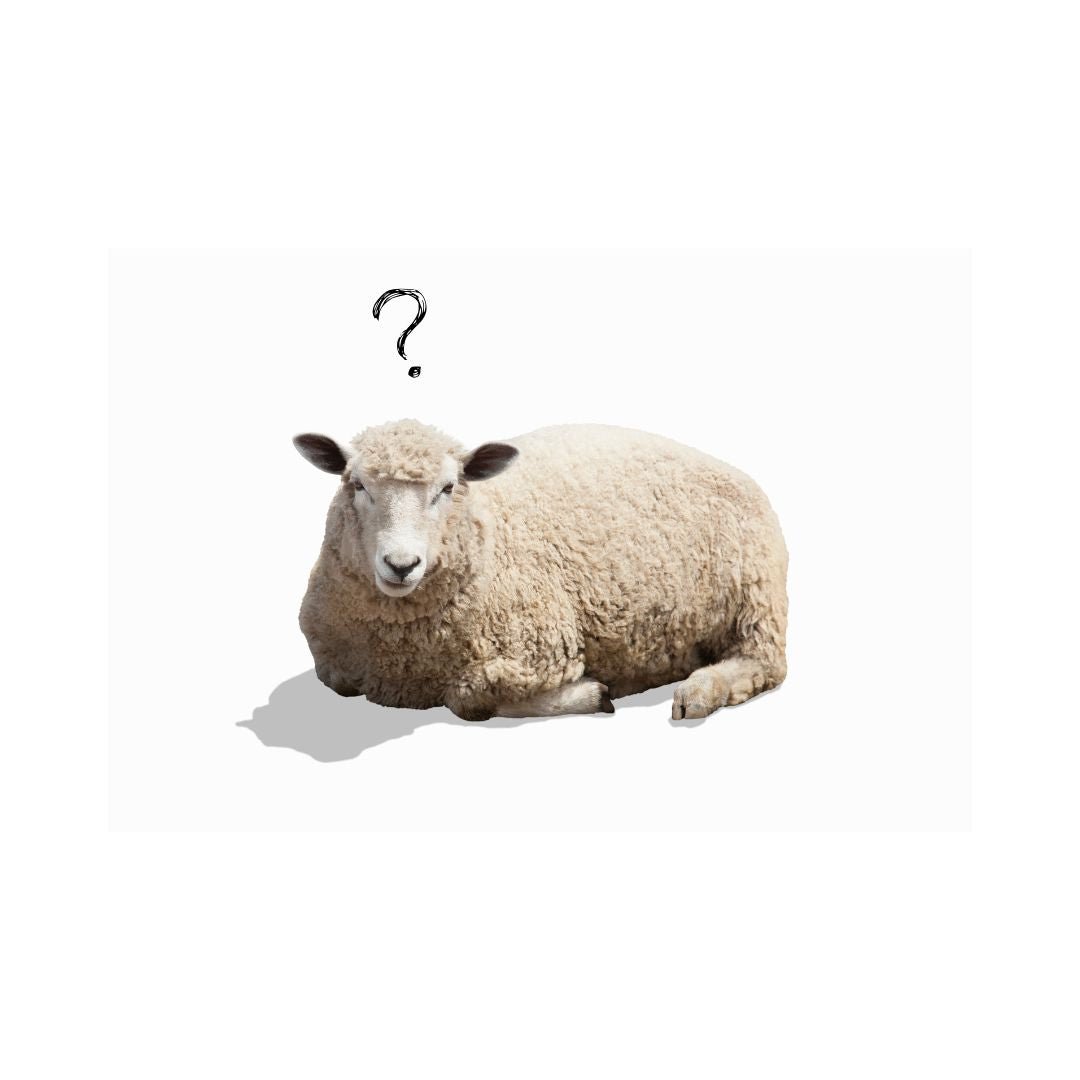
Wool is itchy, where can I get help?
The itchiness of wool is caused by several factors related to the structure of its fibers, processing, and the sensitivity of the individual's skin. The main reasons why wool itches are:
1. Fiber thickness and stiffness
- The thickness of wool fibers is measured in micrometers (µm). The thicker and stiffer the fiber, the more likely it is to cause an itchy sensation, as thick fibers do not fold well and can prick the skin.
- For example, in sheep's wool, such as traditional carded wool, the fibers can be over 30 µm thick, while in soft merino wool the fibers are usually less than 20 µm.
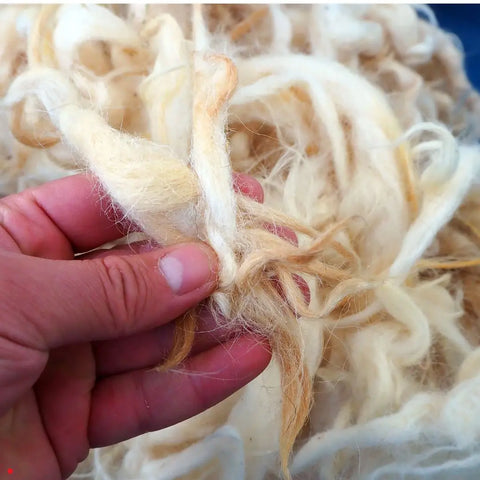
2. Scales of the surface structure of wool fiber
- Wool fiber has a natural scale structure that helps to trap heat and water. In coarse wool, these scales are larger and can rub against the skin, causing an itchy sensation.
- Opening or stiffening of the scales during washing or handling can worsen the itching.
3. Chemical treatments and residues
- Some industrially processed wools use chemicals that can make the fiber rough and irritate sensitive skin.
- Poor rinsing can also leave residue on the fibers that increases itchiness.
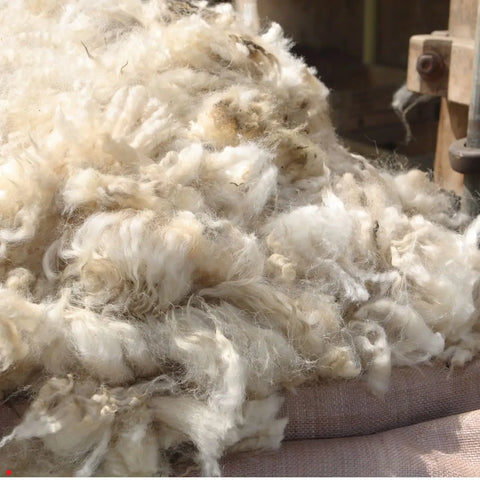
4. Lack of lanolin
- The natural lanolin in wool acts as a lubricant, making it softer. Excessive washing or industrial processing can remove the lanolin, making the wool feel rough and itchier.
5. Skin sensitivity
- People react to wool in different ways. For sensitive skin, the coarse fibers and scales of wool can cause irritation, while for less sensitive skin, the same material feels comfortable.
6. Improper handling or washing
- Hot washes and harsh detergents can open the scales of wool fibers and make them rougher. This increases the itchiness of wool.
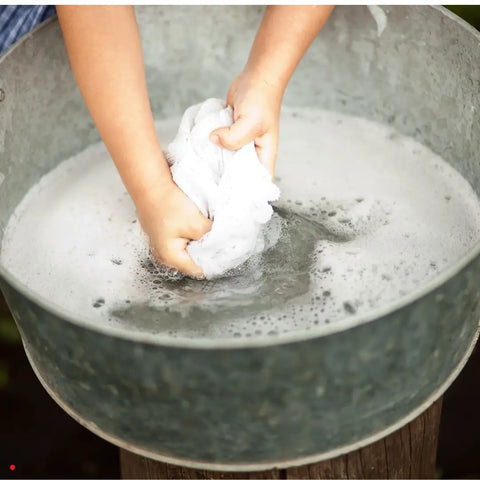
So what can help?
Wool clothing and accessories are a favorite for many due to their warmth and breathability. However, old wool yarns or materials that are not suitable for sensitive skin can cause an itchy sensation, which makes many people avoid wearing wool clothing. Fortunately, there are many ways to reduce the itchiness of wool while maintaining its important properties.
1. Steaming: an easy way to soften wool
Steaming is a simple and effective way to reduce itchiness. Use an iron with a steam function or a steam cleaner. Hold the steam about 1-2 cm away from the garment and work it all over. Steaming opens up the wool fibres and makes the fabric softer, while maintaining its natural properties.
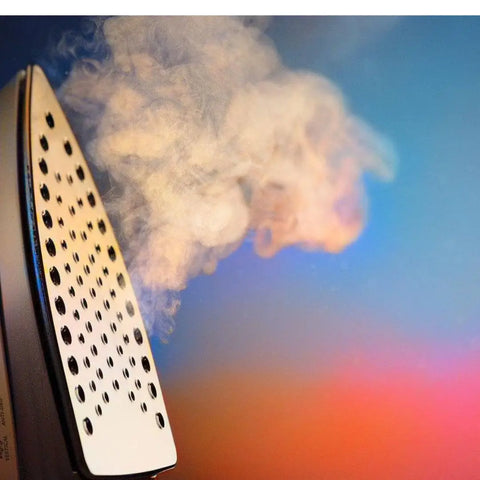
2. Use of baby care product
Baby conditioner is a gentle wool treatment that softens the fibers. First, soak the wool garment in cool or lukewarm water for about 5–10 minutes. This helps the fibers open up and prepares them to receive the conditioner. Prepare a conditioner solution (1 part baby conditioner, 3 parts water). Gently rub the solution into the surface of the wool. Avoid stretching too much to keep the garment in shape. Let the conditioner work for 15–30 minutes. Rinse the garment thoroughly with cool water until the conditioner is completely gone. Dry horizontally in an airy manner to prevent the garment from stretching. This way, the treatment is gentle and effective! 😊
3. Lanolin treatment for wool
Lanolin, a natural fat found in wool itself, can help improve the softness of wool and maintain its water-repellent properties. Add a small amount of lanolin to warm water, soak the garment for 15 minutes, and rinse gently. Lanolin can be purchased at your local pharmacy.
4. Vinegar soak
Vinegar helps seal the surface of the fibers, making wool less itchy. Mix 1 part vinegar to 3 parts water and soak the garment for about 30 minutes. Rinse with cool water and let dry.
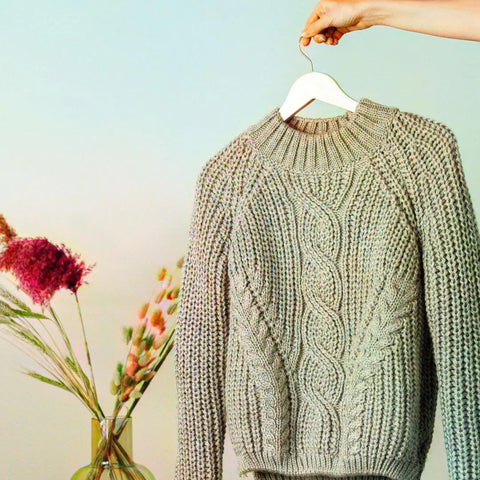
5. Freezing
Put the accessory or garment in the freezer overnight or leave it outside (at least -18 degrees). The cold works wonders!
7. Layering with itchy clothes
If a sweater or accessory still feels itchy, layering is a good solution. Wear high-necked, long-sleeved underwear under your woolen clothes to create a protective layer against your skin.
8. Choose the right wool
Not all wool is created equal. Merino wool, alpaca and cashmere are naturally softer and less itchy options. When choosing yarns or accessories, choose these for items that will be worn on sensitive areas.
